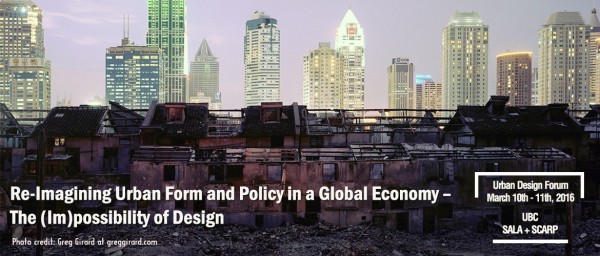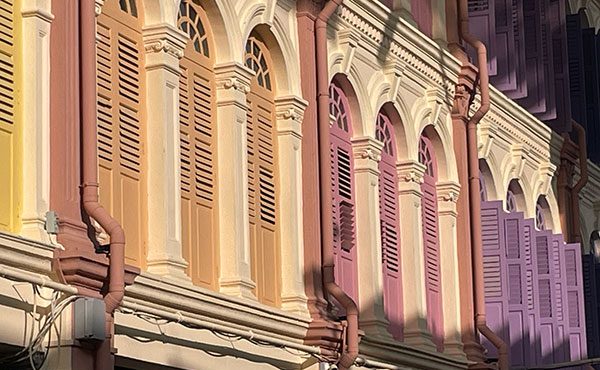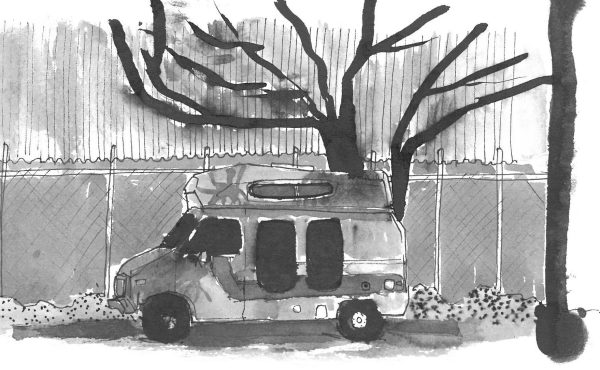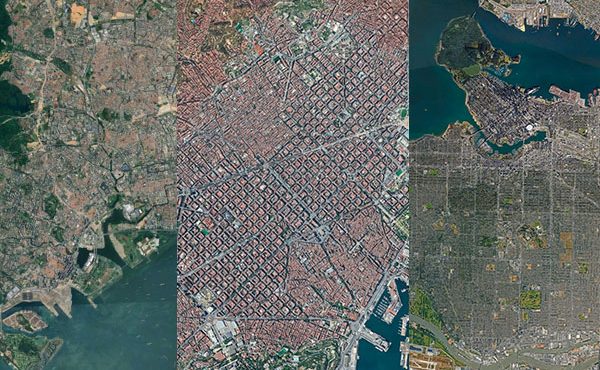
On March 10 and 11, the UBC School of Architecture and Landscape Architecture (SALA) and The School of Community and Regional Planning (SCARP) hosted the 2nd International Urban Design Forum entitled Re-Imagining Urban Form and Policy in a Global Economy–The (Im)possibility of Design. The intent of the two-day forum was to examine the connection between global capital flows, urban policy initiatives and local democracy, and how these forces are changing the urban form and function of our cities. Specifically, it explored four related questions:
- how can capital flows be directed for the good of all?
- how can democracy be protected in an age of oligarchs?
- how can design be a tool for social equity and an act of resistance?
- how can all of this reflect back on our first ambitions 40 years ago during the dawn of urbanist consciousness?
Overview of the Urban Design Forum
Towards this end, various individuals from Vancouver and around the globe gathered to presented their thoughts and research to a mixed audience of largely professionals and students connected to the field. Five excellent Keynote Speakers—John Friedmann, Anastasia Loukaitou-Sideris, Albert Pope, Kristina Hill, and Matt Hern—were the backbone of the Urban Design Forum, with their one hour presentation-and-question sessions dividing smaller groupings of 15 minute presentations (25 in total), offered by local and visiting scholars.
A major theme that permeated the presentations—and the audience questions—was the transformation of cities like Vancouver not by those seeking homes, but by wealthy buyers hungry for safe investments in stable economies. It explored how the very thing that makes Vancouver such a great place to live, also make it an attractive place to invest and how this is pricing Vancouver homes out of reach of the average citizen.
Albert Pope
One of the most compelling tracts was the discussion of how urban design enables both environmental AND social sustainability. Urban design can’t just be about creating baubles that make cities attractive place to live. It also has to address challenging issues such as social inequity and environmental degradation, among many others. Albert Pope—whose thought-provoking book Ladders addresses the attributes that contribute to contemporary urban form and whose keynote interestingly expanded on the latter—stated the popular adage that “problems are never solved at the level they are manifest” and this is definitely true of urban design. It is not a-contextual, but has definite social and political implications. If we as urbanists want to create socially, environmentally, and economically sustainable cities, we need to stand back, and understand the context we are working in.
Within this spirit, Pope’s talk began with a provocation: that we, as a society, “need to broaden this definition of urbanism. What we call urban is limited and we haven’t built it in 50 years. The grid is shrinking, we no longer build blocks and streets, but cul-de-sacs.” Calling upon the audience to think beyond our narrow definition of urban design, he contextualized his discussion within a larger context of integrating urban form, ecological processes, and building construction.
Kristina Hill
Another highlight was the engaging keynote by Kristina Hill, from the University of California, Berkeley. She noted that the environment is now an active player in urban development and called for urban designers to re-understand infrastructure in light of the pressures of climate change. She also described how adapting infrastructure to meet environmental adaptation can have social equity benefits, citing a variety of interesting international projects to support her case.
Panel Presentations
Although every keynote presentation was poignant and powerful in their respective message, the shorter 15 minute presentations also had their fair share of strong speakers. As is typical, some were better than others in terms of delivery, but each did their part to the already impressive diversity of themes and topics. From locally-focused pieces focused on policy and affordability to larger global challenges in cities and countries around the world (such as Nasr City in Cairo, Egypt, and Quito, Ecuador), new softwares that can influence the design of cities (i.e. Cactus) to the relationship between philosophy and urban design), one was hard pressed to not find something of interest, over the course of the two days.
Here are the videos of all the sessions from the Forum. You can search for a particular session by clicking the icon on the top left of the video player.
Matt Hern
The Urban Design Forum ended on—perhaps—the most provocative note, with local activist and author Matt Hern vocalizing his struggle with the realization that his community activism may have contributed to accelerating the social displacement he has so adamantly fought against. Within this context, he described, for example, how several of the urban interventions he helped start and have been embraced by his neighbours—such as Car Free Commercial Drive and Car Free Vancouver— have also attracted wealthy investors that have, in turn, transformed the area. He ended with an open question to the audience: “How do you tell the often depressing truth while maintaining a hopeful outlook?”
Concluding Thoughts
Overall, Re-Imagining Urban Form and Policy in a Global Economy–The (Im)possibility of Design offered plenty to ponder and inspire: something sorely needed within the field, broadly, and in Vancouver, specifically. One can only hope that, next time around, it would cater slightly more to a broader audience who would benefit greatly from exposure to the diversity of thoughts and issues facing the design of our urban landscapes.
That being said, the Urban Design Forum was recorded and, although the videography team could not speak to a specific release date, one can safely assume that it will be made readily available online, within the next couple of months. So, outsiders will soon be able to enjoy the experience from the comforts of their own home.
***
Yuri Artibise is an experienced community and digital engagement specialist with a passion for urban planning, public participation and social media. He is the Community Builder at Strong Towns, and a consultant working with a variety of community-oriented initiatives.




